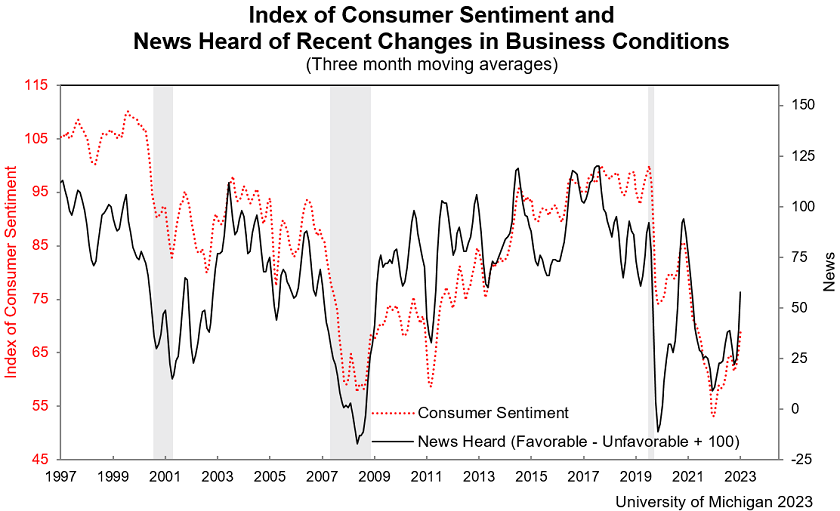Episode #76. Bureaucracy vs. Entrepreneurship: How Bureaucratic Thinking Destroys Value Creation with Ryan Turnipseed
Listen to the episode here:
In this episode of The Value Creators Podcast, Hunter Hastings speaks with Ryan Turnipseed about the greatest enemy of entrepreneurial value creation: bureaucracy. Value creation is a universal economic goal, so how and why have bureaucratic restraints emerged, and why are they so resistant to innovation? Drawing on the contrasting theories of James Burnham and Ludwig von Mises, Ryan explains how managerialism and bureaucratic systems suppress innovation, limit consumer sovereignty, and redirect businesses away from value creation toward rule-following and control.
From rebranding fiascos to government regulation, from MBAs to corporate conformity, this conversation unpacks why bureaucracy persists and how entrepreneurs can resist it. Ryan highlights examples of entrepreneurial leadership—such as Elon Musk’s overhaul of Twitter—that demonstrate how decisiveness and freedom can dismantle bureaucratic inertia.
Key insights include:
- Why bureaucracy prioritizes rules and efficiency over profit and consumer value.
- How Burnham and Mises offer different but complementary theories of bureaucracy’s rise.
- Why entrepreneurs must assert autonomy and freedom to restore value creation in their businesses.
This is a must-listen for leaders who want to build adaptive, value-driven organizations in the 21st century.
Resources:
➡️ Learn What They Didn’t Teach You In Business School: The Value Creators Online Business Course
Subscribe to Ryan Turnipseed’s YouTube Channel
Connect with Hunter Hastings on LinkedIn
Subscribe to The Value Creators on Substack
Morning Star: Pioneering Zero-Bureaucracy Organization
Knowledge Capsule
1. Bureaucracy as the Enemy of Entrepreneurship
- Bureaucracy seeks control over uncertainty, suppressing novelty and progress by enforcing rules instead of enabling innovation.
- It is the opposite of entrepreneurship, which thrives on uncertainty and creativity.
- Businesses consumed by bureaucracy lose their focus on customers and value.
2. Two Theories of Bureaucracy
- James Burnham’s managerialism: bureaucracy arises from the rise of a managerial class.
- Ludwig von Mises’ economic theory: bureaucracy emerges when profit-seeking is replaced by rule-following.
- Both point to systemic barriers against entrepreneurial action.
3. Managerialism and Its Influence
- Managers prioritize efficiency, coordination, and standardization over value creation.
- The managerial class develops its own interests distinct from entrepreneurs and consumers.
- Governments often align with managerialism to promote control.
4. Education and the MBA Problem
- Business schools perpetuate bureaucracy by teaching uniform formulas of management.
- MBA culture emphasizes administration over entrepreneurial creativity.
- Even non-MBAs adopt bureaucratic thinking as a default philosophy of business.
5. Mises’ Economic Lens on Bureaucracy
- Mises observed that, in free markets, entrepreneurs serve sovereign consumers: the consumer is the boss.
- Bureaucracy emerges when internal rules of management replace consumer preference as the guiding principle.
- Regulation and protection from competition further erode entrepreneurial discipline. Bureaucracies impede free markets.
6. Managers as “Junior Partners”
- For Mises, managers should act as extensions of the entrepreneur, making localized decisions under uncertainty.
- Under free-market conditions, poor managers can be replaced quickly.
- But bureaucratic regulations prevent efficient hiring and firing, weakening accountability and undermining the focus on profit.
7. How Bureaucracy Enables “Woke Corporations”
- When freed from profit accountability, managers pursue social causes over consumer value.
- Regulations and hiring constraints insulate managers from consequences.
- This leads to organizations detached from their customer base.
8. Profit vs. Rules
- Entrepreneurship relies on profit as a signal of value creation.
- Bureaucracy replaces profit with adherence to arbitrary rules.
- This shift reduces value delivered to consumers and slows innovation.
9. Removing Bureaucratic Barriers
- Firms should focus on removing internal obstacles that hinder speed and creativity.
- Freedom, flow, and autonomy increase entrepreneurial effectiveness.
- Entrepreneurial leaders like Musk demonstrate the power of barrier removal.
10. Real-World Case: Twitter/X
- Musk’s acquisition of Twitter revealed the costs of bureaucratic bloat.
- By firing redundant staff and refocusing on consumer value, he restored entrepreneurial direction.
- This case exemplifies how entrepreneurial assertiveness dismantles bureaucracy.
11. Self-Organization as an Alternative
- Autonomous teams and peer agreements can replace traditional management layers.
- Firms like Morning Star demonstrate models of non-bureaucratic coordination.
- Value-based internal rules ensure alignment with consumer needs.
12. The Future: Curtailing Bureaucracy
- Bureaucracy is not inevitable—it’s a historical artifact of the 19th and 20th centuries.
- Entrepreneurs must reassert leadership and embrace freedom over rules.
- The path forward lies in adaptive, decentralized, value-driven organizations.
